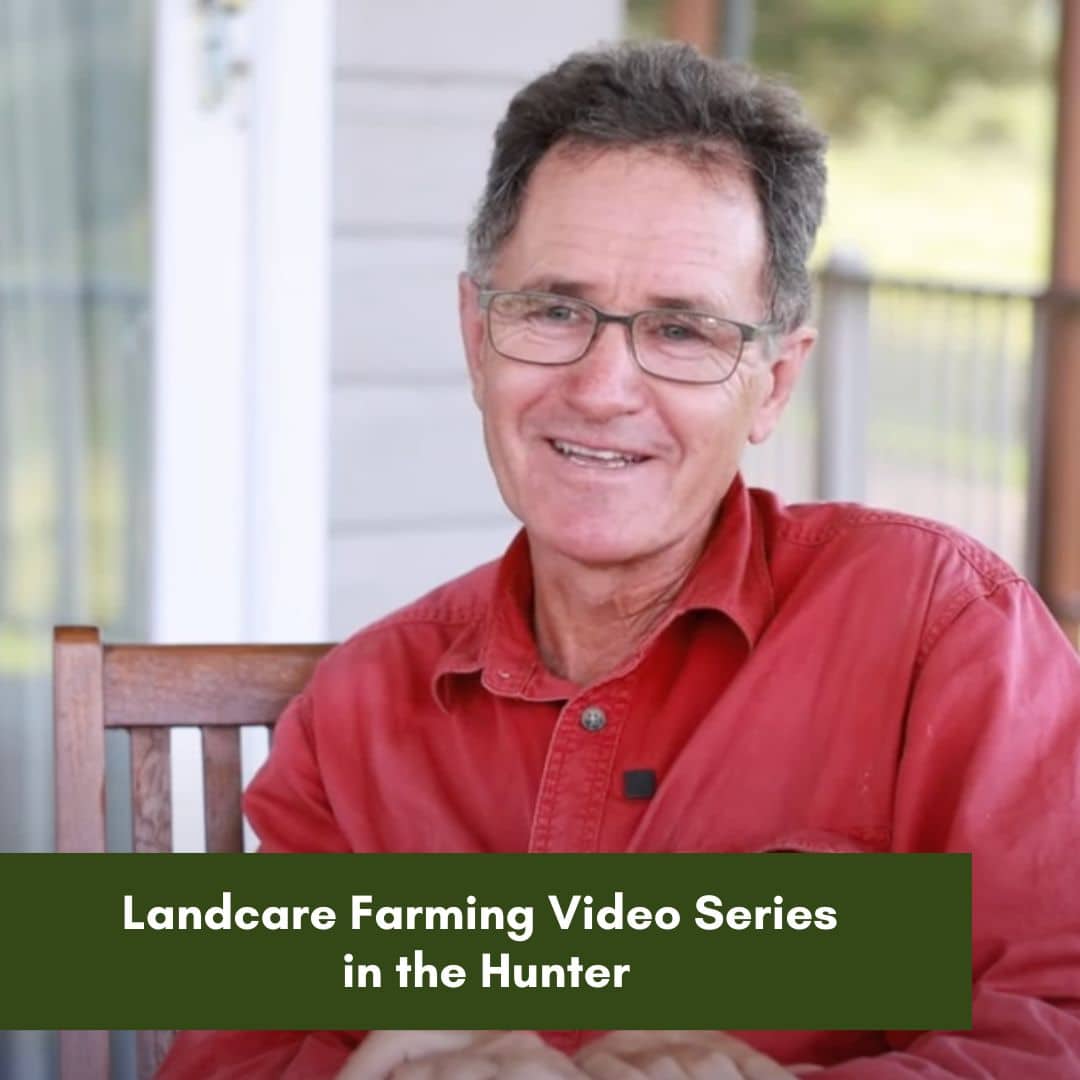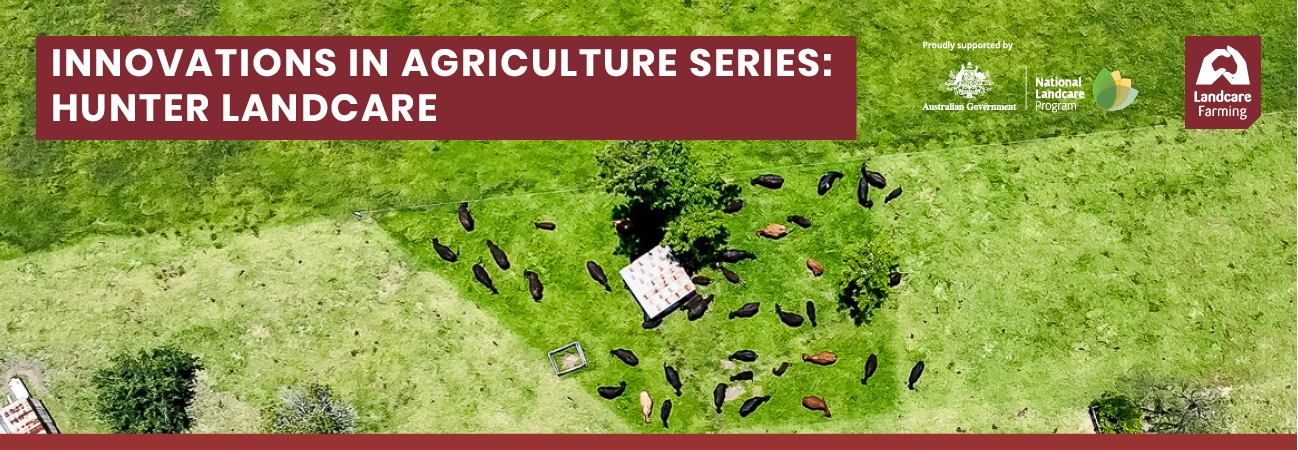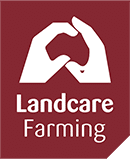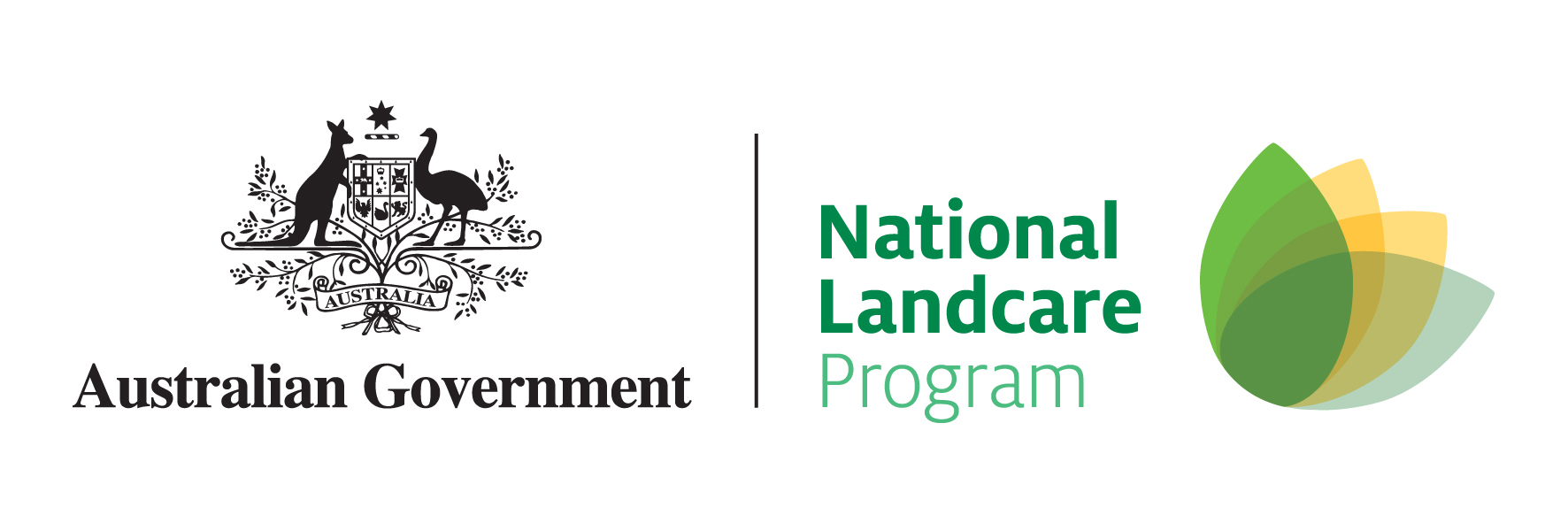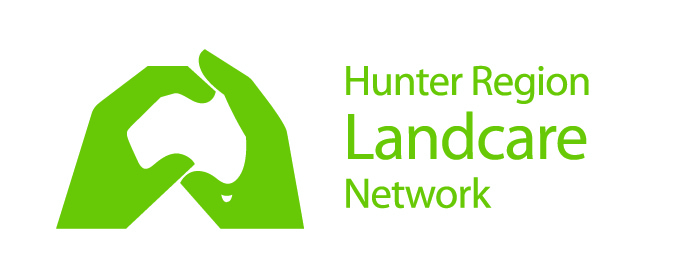Hunter Region Landcare Network has produced a three part video series about Peter Dreyer, Gresford Landcare member and farmer who is putting soil health and ecology first in his production, to inspire all of us for a better future.
In this captivating three-part documentary, viewers are invited on a transformative journey with a former engineer from Sydney as he ventures into the world of farming, navigating the challenges and rewards that come with stewardship of the land. Along the way, the series delves into the innovative methods of regenerative agriculture, offering insights and revelations about sustainable farming and our intricate relationship with the environment.
This month Episode 3: “Nature’s Symphony“
In this third instalment of our series, we deep dive into Peter’s soil with some hands-on testing in the Hunter Region. Experts reveal the current state of his soil, emphasising its potential and areas for improvement. Peter’s approach is to rely heavily on natural methods, like the grazing of his cattle, and cultivating multi-species diversity. He’s already planted hundreds of trees, believing in their symbiotic relationship with grasses. This episode explores Peter’s commitment to sustainable farming, understanding his drive for natural fertilisation, and his vision for a healthier, holistic ecosystem that not only benefits the land but also yields healthier beef for consumers. Join as we unearth the journey of soil revitalisation and the path ahead for Peter.
Episode 2: “The Learning Curve”
In the second episode of our series on regenerative agriculture, we dive deeper into Peter’s farming journey, a first-time farmer who adopted regenerative agriculture. We explore his motivations, primarily driven by the desire for drought resilience. Peter shares insights into how his practices have led to healthier soils that retain moisture, even during droughts. Additionally, the health of Peter’s cattle has noticeably improved, with a significant reduction in disease occurrence. The episode touches on the financial benefits of his approach, emphasising the cost savings from eliminating fertilisers, herbicides, and reducing irrigation. Peter discusses the efficient use of his land, where he now grazes cattle on nearly half the previous area, dedicating parts of his farm to wildlife and natural regeneration. The episode encapsulates the balance Peter has struck between a sustainable farming approach and economic viability, while also emphasising the enhanced well-being and lifestyle he’s achieved.
Episode 1: “Embracing the Land”
In the inaugural episode, a former engineer details his transformation from city life to dedicated farmer, emphasising his commitment to nurturing and preserving the land amidst the challenges of drought in his region. After attending a workshop on regenerative agriculture led by Brian Wehlburg, he adopts its holistic principles to enhance the soil, maintain diverse vegetation, and manage livestock in harmony with nature. The benefits of this approach soon become evident in flourishing grasslands, healthier cattle, and decreased farming expenses. The episode sets the stage for a deeper exploration into cell grazing in the subsequent instalments.
From urban landscapes to drought-stricken fields, and finally to rejuvenated pastures, this series is an intimate and inspiring look into one man’s commitment to working in harmony with nature. Beyond the personal tale, it serves as a compelling testament to the potential of regenerative agriculture and its significance in a rapidly changing world.
Upper Hunter Farmer’s Whole Farm Transition
to Improve Productivity and Profitability
Concerned about rising overheads and high input use Peter Dreyer went searching for a way of taking greater control on his 76ha Gresford, NSW, farm where he runs a beef breeding enterprise.
Peter left city life for farming six years ago in a period of significant drought for the Upper Hunter region. Initially grazing cattle with set stocking rates and heavily relying on irrigation and fertilizers, he struggled with the significant impacts of the dry and high overhead costs.
After attending a local workshop on practical methods to reduce the impact of drought, and following the drought breaking in 2020, Peter’s practice transformation began. In the past three years he has reduced his reliance on external inputs and lowered his on-farm costs with the goal of ensuring his enterprise would be prepared ongoing climactic challenges.
Three related principles underpin Peter’s current farming system:
- Maintaining diverse groundcover with a focus on perennials.
- Improving soil health including through minimizing the use of fertilisers and pesticides; and
- Transitioning to cell grazing to improve animal health and support groundcover.
Working on a smaller property, Peter is able to sow a heavy rate of multispecies groundcover including Chicory, Leafy Turnip (Brassica), Woolypod Vetch, Phalaris, Fescue, Cocksfoot & Ryegrass at approximately 23 kg/ha. Combining his seeding method with cell grazing, each day he seeds the approximately ¼ ha cell his cattle are feeding in, allowing them to naturally trample the seed into the soil.
Using this method, and thanks to good rainfall since the drought, Peter has found the resulting increase in groundcover and increased diversity has improved his grazing system.
“My strategy now is to sow in perennials so that they just keep coming up year after year and then, for a property this size, just supplementing that year on year with a few thousand dollars’ worth of seed,” Peter said.
“By not buying fertilisers, by not spending the money on diesel to spread all those things and to sow, I’ve taken huge costs out of the business.”
Peter’s methods were initially tested during the spring and summer of 2021/22, with the property suffering from a significant flood.
When previously grazing his cattle with set stocking rates during the drought, Peter had dealt with a large number of animals suffering from pinkeye, footrot and three-day sickness, and was concerned that the warm, wet conditions might cause an increase in some of these diseases. However, following his pasture improvement and transition to cell grazing & with the drought breaking, he found that even during the flood, there was a lower incidence of disease.
While these practices allowed Peter to reduce on-farm costs while growing productivity, the transition to cell grazing required significant start-up costs, with $7,000 invested in fencing. Peter also found there was a tradeoff between farm inputs and the time required to put in the work-on farm.
Peter spends up to an hour and a half a day setting up and moving cattle through his grazing system, and is required to mulch paddocks at least once a year. To improve efficiency on the farm and further reduce costs, he is now looking to reduce his mulching requirements and streamline his current cell grazing process.
Soil Testing
With the support of Hunter LLS Senior Land Services Officer, Col Freeman, Peter took a baseline test of his soil quality following his transition to cell grazing. The property has very dark soil which is common for the Upper Hunter. Testing with a penetrometer found aggregates and organic matter only extended 25mm deep. With the root systems of groundcover on Peter’s farm being relatively shallow, Peter’s goal is to increase the volume of alluvial soil accessible to root structures, thereby improving water retention as well as the quality and growth of his grass. He aims to do this by continuing to focus on managing grazing pressure through cell grazing and maintaining diverse groundcover.
Proudly Supported By

